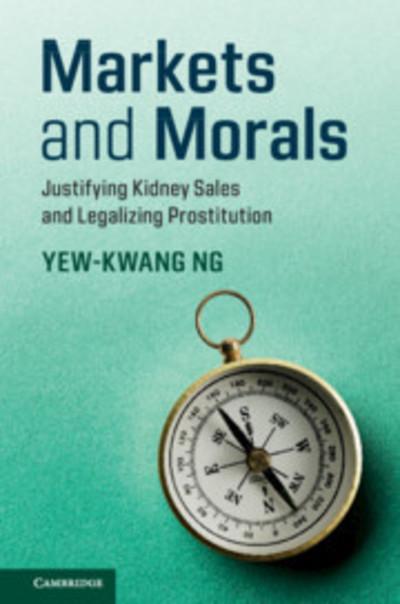Welfare economics
towards a more complete analysis
- ISBN: 9780333971215
- Editorial: Palgrave MacMillan
- Fecha de la edición: 2004
- Lugar de la edición: Hampshire. Reino Unido
- Encuadernación: Cartoné
- Medidas: 23 cm
- Nº Pág.: 355
- Idiomas: Inglés

Yew Kwang Ng looks to make welfare economics more complete by discussing the recent inframarginal analysis of division of labour and by pushing welfare economics from the level of preference to that of happiness, making a reformulation of the foundation of public policy necessary. A theory of the third best is provided, with extension to the equality/efficiency issue. The remarkable conclusion of treating a dollar as a dollar provides a powerful simplification of public policy formulation in general and in cost benefit analysis in particular. MARKET 1: Postgraduate students in the fields of Public Policy, Welfare Economics and Public Finance ÍNDICE: Preface List of Abbreviations List of Symbols PART 1: INTRODUCTION What is Welfare Economics? Is Welfare Economics a Positive or Normative Study Welfare versus Utility Utility Measurability and Interpersonal Comparability The Organisation of the Book Summary Appendix 1.1: Basic Value Judgements and Subjective Judgements of Fact PART 2: PARETO OPTIMALITY The Pareto Principle The Conditions for Pareto Optimality The Attainment of Pareto Optimality Summary Appendix 2.1: First order Conditions for Pareto optimality PART 3: THE DIRECTION OF WELFARE CHANGE: WELFARE CRITERIA The Debate on Compensation Tests Taking Distribution into Account: Little's Criterion The Inadequacy of Purely Distributional Rankings Retreat to Purely Efficiency Comparisons Quasi Pareto Improvements Conclusions Summary PART 4: THE MAGNITUDE OF WELFARE CHANGE: CONSUMER SURPLUS The Origin of the Concept: Dupuit and Marshall Hicks' Four Measures and the Average Cost Difference Which Measure? Aggregation over Commodities: The Issue of Path Dependency Aggregation over Individuals: The Boadway Paradox The Approximate Nature of Surplus Measurement Consumer Surplus of Diamond Goods Some uses of Surplus Measurements Summary Appendix 4.1: CV, EV or Marginal Dollar Equivalent Appendix 4.2: Acceptability of the Marshallian Measure: The Benchmark Case of a Cobb Dougl








